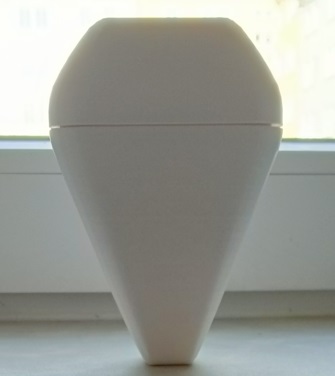As you can see in the picture, the underside is anything but straight and looked no different on the X1C.
I have experimented further and achieved a minimal deviation with my X1C or the print plate, at least over the entire surface. I can’t measure the deviation, I don’t have the means to do so. I therefore estimate the deviation to be <0.08mm or even less. In other words: absolutely acceptable.

The advantage of a rigid print bed, such as glass, is that the print results are reproducible and practically independent of the design of the print object (Here is my experimental solution: Warped bed :( seems like a common QC issue - #1524 by KanneKaffe). The reproducible result is absolutely acceptable or even better.
Conclusion: If the lower surfaces have to be placed on top of each other, either a small gap, as I show in the picture, or a thin seal between the parts will help. The last housing that I printed with a CR-20 printer was also fitted with a seal for these reasons. But the small gap, as can be seen in the picture, is now sufficient to make the minimal difference in the flatness of the surfaces visually disappear.
Best regards
